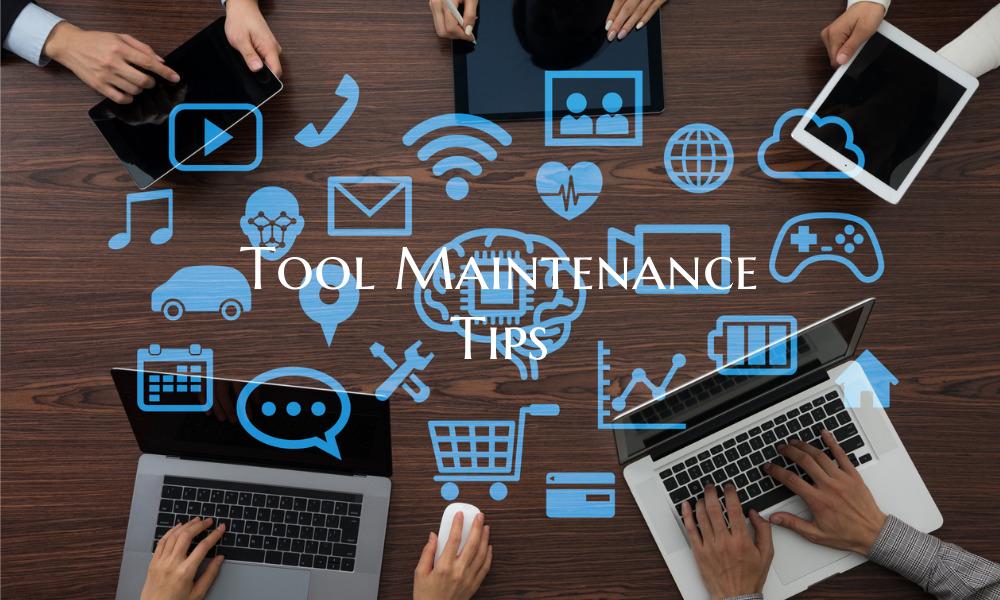Tool Maintenance Tips
Keeping your tools in good working condition is vital for any DIY enthusiast, hobbyist, or professional tradesperson. Proper maintenance not only prolongs the life of your tools but also ensures safety and efficiency in your projects. Here are some key tips to help you maintain your tools effectively:
1. Cleaning: Regular cleaning of your tools is essential to prevent them from accumulating dirt, dust, or debris. Use a damp cloth to wipe down the surface of your tools after each use. For more stubborn dirt or residue, consider using a mild soap solution and a brush to scrub the tools clean.
2. Drying: After cleaning your tools, make sure they are thoroughly dried before storing them. Moisture can lead to rust and corrosion, so it's important to dry your tools completely to prevent any damage. You can use a dry cloth or towel to dry off the tools before storing them.
3. Lubrication: To keep your tools functioning smoothly, apply lubrication to moving parts such as hinges, blades, and gears. Use a suitable lubricant recommended by the manufacturer to ensure optimal performance. Be sure to wipe off any excess lubricant to prevent buildup or attract dirt.
4. Sharpening: Sharp tools are not only more efficient but also safer to use. Regularly inspect the cutting edges of your tools such as saw blades, chisels, and knives. Use a sharpening tool or file to maintain a sharp edge, following the manufacturer's guidelines for the specific tool.
5. Storage: Proper storage is key to maintaining the condition of your tools. Store them in a dry and well-ventilated area to prevent rust and corrosion. Consider hanging tools on a pegboard or using toolboxes, cabinets, or drawer organizers to keep them organized and easily accessible.
6. Regular Inspections: Take the time to inspect your tools regularly for any signs of wear and damage. Look out for loose parts, cracked handles, or any other issues that may affect the performance of the tool. Address any problems promptly to prevent further damage.
7. Follow Manufacturer's Guidelines: Always refer to the manufacturer's instructions for specific maintenance tips and recommendations for your tools. Different tools may require different care practices, so it's important to follow the guidelines provided to ensure the longevity and performance of your tools.
By following these tool maintenance tips, you can ensure that your tools remain in top condition, ready for your next project. Remember, a well-maintained tool not only works better but also lasts longer, saving you time and money in the long run.

